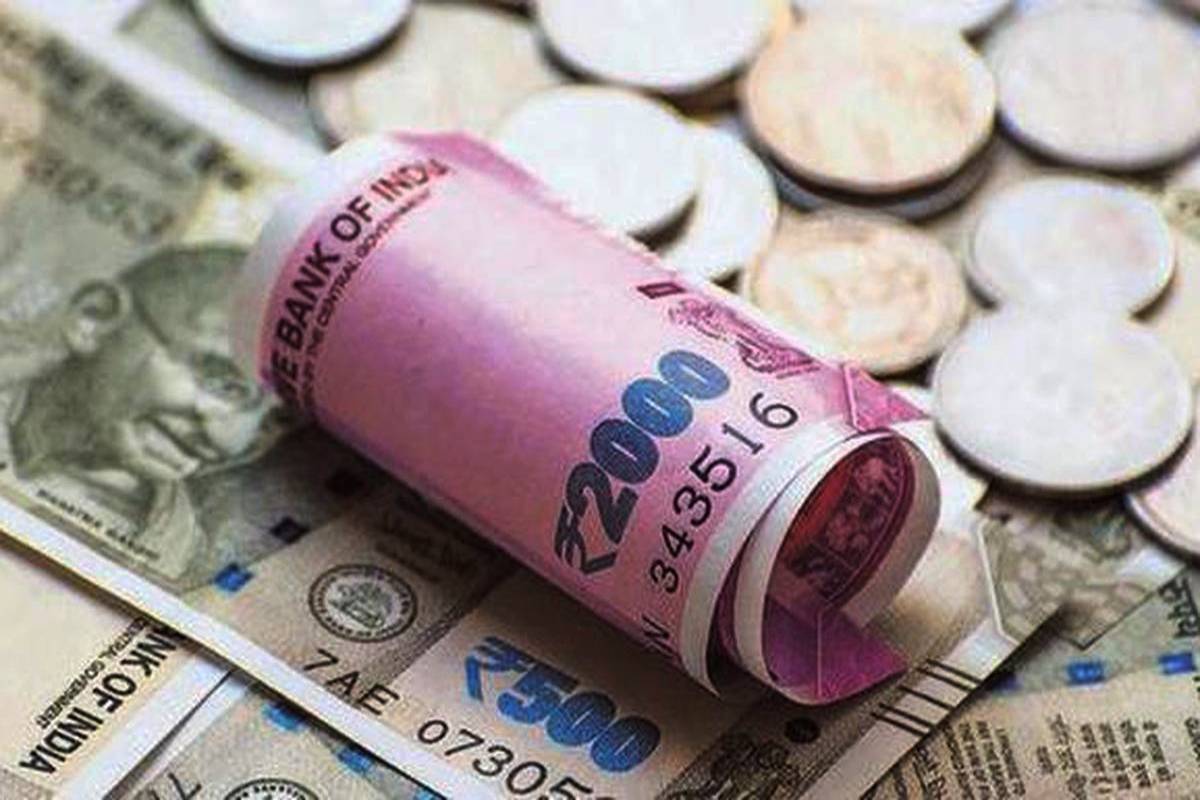NEW DELHI: Indian Rupee has fared relatively well in 2022 in comparison to other emerging market peers, senior World Bank economist Dhruv Sharma said Tuesday after the global financial body revised India’s GDP forecast to 6.9 per cent.
“The Rupee has depreciated just about 10 per cent over the course of this year. That might sound like a large number, but relative to many other emerging market peers, India hasn’t fared that badly,” Sharma told a press briefing today after the launch of the World Bank’s India Development Update titled “Navigating the Storm”.
For the record, the rupee has come substantially off its all-time low. Currently, it is trading around 82.0 against the US Dollar as against a record low of 83 it breached in mid-October. Tightening monetary policy by the US Federal Reserve and central banks in other advanced economies triggered the depreciation of the Indian currency.
An increase in policy rates in the US and other advanced economies typically leads to a depreciation of the Rupee. The US Federal Reserve has been raising key interest rates in its fight against red-hot inflation in the country. It raised the key policy rate by 75 basis points to over a decade high at 3.75-4.0 per cent, the fourth consecutive hike of such magnitude.
Back home, the Reserve Bank of India had already hiked the key policy rate by 190 basis points since May to 5.9 per cent to cool off domestic retail inflation that has stayed above the RBI’s upper tolerance limit for over three quarters now.
The World Bank has revised India’s 2022-23 GDP growth forecast upward to 6.9 per cent from the earlier estimate of 6.5 per cent, due to robust economic activities.
“India is more resilient now than it was 10 years ago. All steps taken over the past 10 years are helping India navigate the global headwinds,” said Sharma. “Indian economy has rebounded fairly robust following the contraction that occurred during the pandemic year. India performed quite well relative to other large emerging market economies, and this story of the rebound has been largely driven by robust domestic demand, and consumption investment,” the World Bank economist said. On rising inflation in India, Sharma said it was driven by the supply side as well as external factors.
In October, retail inflation was 6.77 per cent as against 7.41 per cent the previous month. (ANI)






